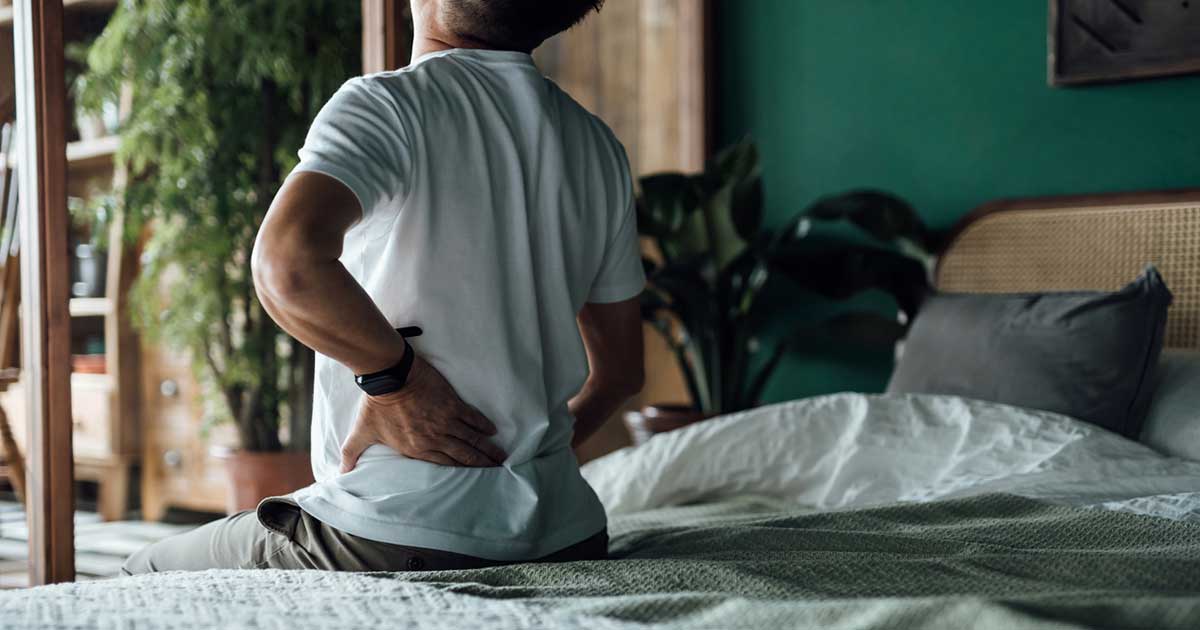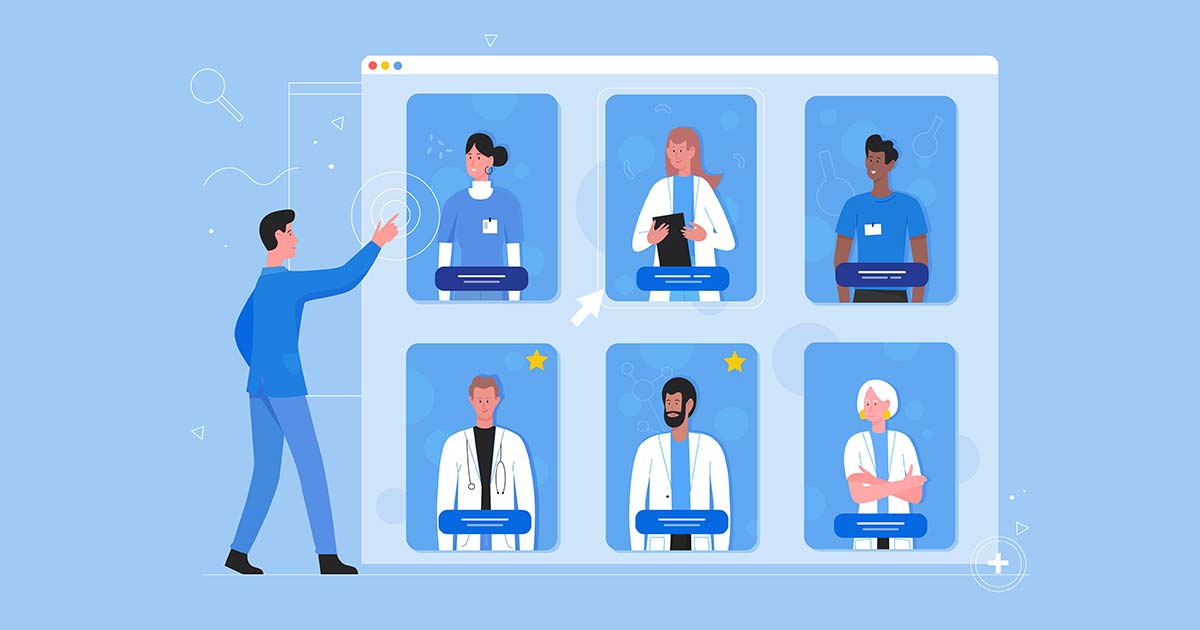
Advice to improve your movement, fitness, and overall health from the #1 in orthopedics in the U.S.
Tailbone Pain: Why You Might Have It and How to Treat It
Learn more about the causes and symptoms of tailbone (coccyx) pain and how to get rid of it.
Advice to improve your movement, fitness, and overall health from the #1 in orthopedics in the U.S.

“Your tailbone is made up of 3 to 5 bony segments that are fused together,” says Dena Barsoum, MD, a physiatrist at HSS. It, along with two rounded bones that extend from the bottom of the pelvis to the backside, allow us to maintain balance when we sit. There are also multiple ligaments and muscles that attach to the tailbone, including those that support the pelvic floor as well as help with bowel control.
Causes of Tailbone Pain
Several factors can contribute to tailbone pain. They include:
Anatomy. “Some people's tailbones are more angulated or curved than others, and some people have less fat under the skin to cushion the area than others, both of which can contribute to tailbone pain,” says Dr. Barsoum.
Pregnancy and childbirth. “So many changes happen in the pelvis during pregnancy, delivery and postpartum,” says Dr. Barsoum. For example, relaxin is released during pregnancy. This hormone causes tendons and ligaments to relax and allows bones to shift in the pelvis to make room for the fetus as it grows, as well as during delivery. This can cause muscle and ligament imbalances, which can cause the tailbone to shift position and result in pain. Pregnancy can also cause pressure on the tailbone, trauma during delivery, and muscle and ligament imbalances in the postpartum period.
Trauma. Falling backward onto a hard floor is a common way people hurt their tailbone. “Because of its position at the very bottom of the spine, the tailbone can be very susceptible to injury,” says Dr. Barsoum. And if the injury causes the tailbone to move out of position, it can cause pain not only in the moment, but also long term.
Weight. Carrying extra weight puts pressure on the tailbone, throwing off body alignment. Carrying too little weight means there’s less fat (aka cushioning) to absorb friction as the coccyx rubs against the surrounding tissues.
Age. As we age, we lose subcutaneous fat in the area, which can contribute to pain. Additionally, as we get older, the cartilage that helps hold the coccyx in place degrades, so the small bony segments fuse together more tightly.
Repetitive motion. Sports like cycling and rowing, which cause you to lean forward for a long time, can cause the muscles at the base of the spine to misalign, as well as put extra pressure on the tailbone.
How to Treat Tailbone Pain
Sometimes, tailbone pain can go away on its own. While you wait for it to ease, Dr. Barsoum suggests that you do the following:
- Avoid sitting too much. When you do sit, choose a supportive, cushioned seat (but not too soft, which can exacerbate symptoms). A wedge cushion with a coccyx cutout can help you sit without putting pressure on the area.
- When sleeping, lie on your belly to take pressure off the tailbone.
- Apply heat or ice to dull the pain.
- Use pain relievers, such as acetaminophen or ibuprofen. You can also try topical pain relievers, such as diclofenac gel.
- Seek medical advice. If the pain doesn’t subside on its own, a doctor may want to take an X-ray to look for fractures or anatomic variations that can contribute to pain. Physical therapy, particularly with a pelvic floor PT, can also be helpful to help stretch and strengthen the pelvic floor muscles. “The pelvic floor is an intricate and complicated network of muscles and ligaments. Imbalances in these can cause significant pelvic pain, including tailbone pain,” says Dr. Barsoum.
A few strengthening exercises the PT may do with you include:
Stretches may include:
Learning how to breathe properly is also essential, to make sure you release the tension in your pelvic floor.
If none of these work to reduce the pain, injections may be an option. “Steroid injection is often the first choice here. If that doesn’t provide enough relieve, nerve block procedures can be considered,” says Dr. Barsoum.
Be sure to call your doctor immediately if you experience any of the following:
- Tingling, numbness, or weakness in one or both legs.
- A sudden increase in pain or swelling.
- Skin changes or drainage of fluid from the crease of the buttocks.
- Prolonged constipation or trouble controlling your bladder or bowels.
Published 4/16/2024


